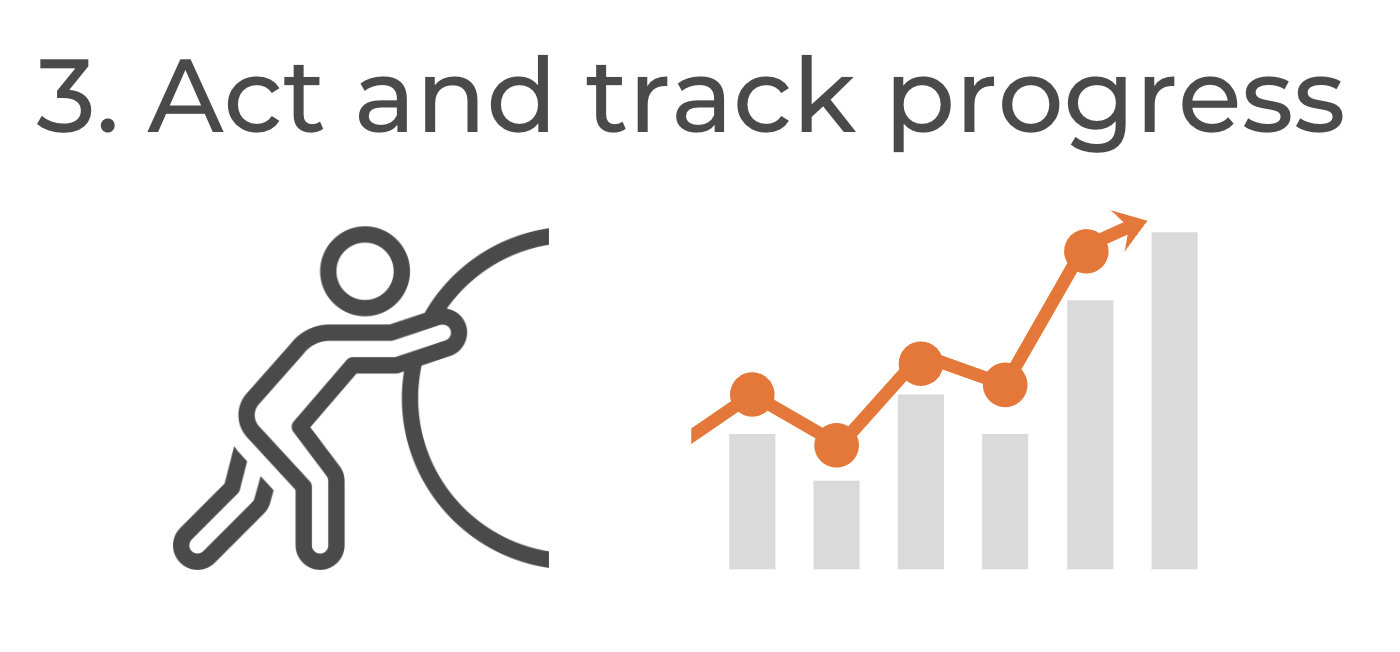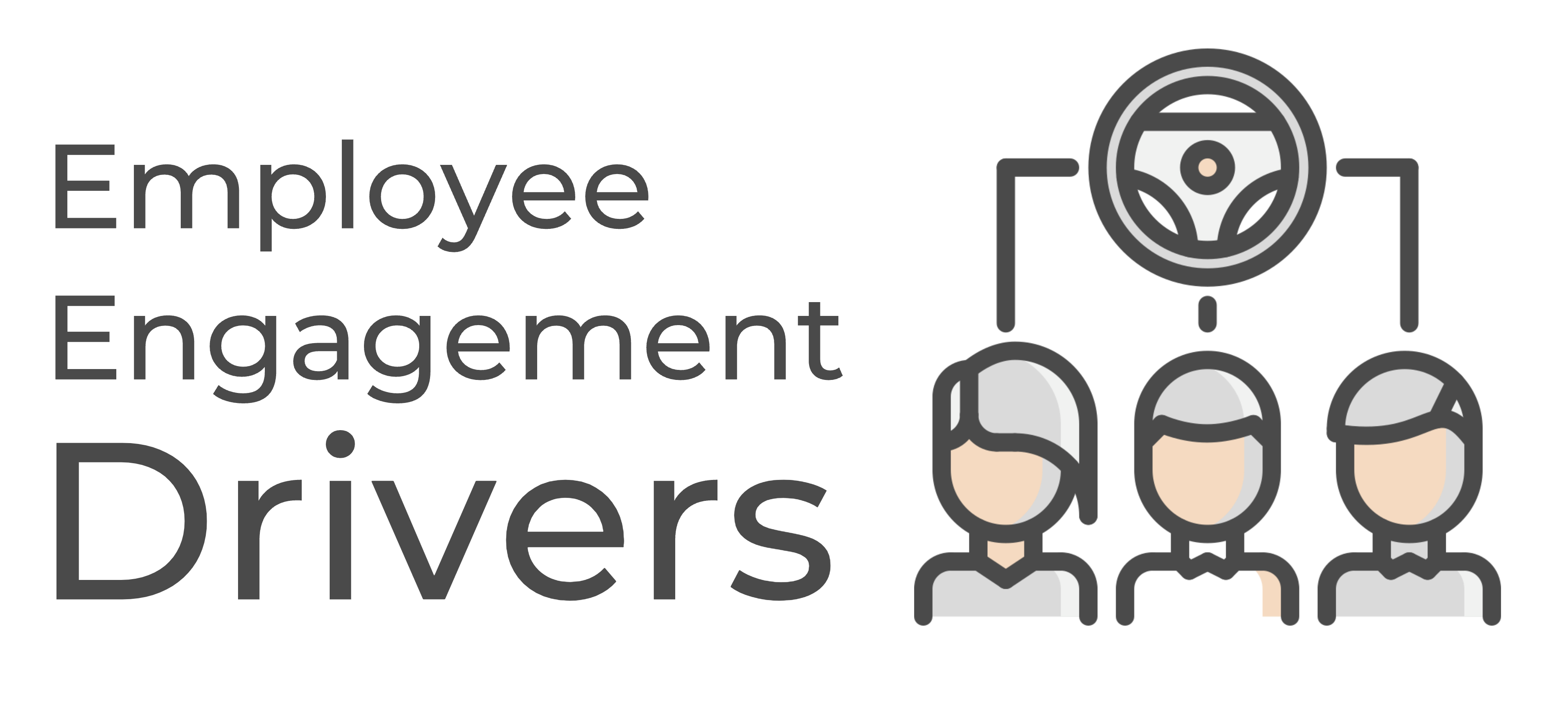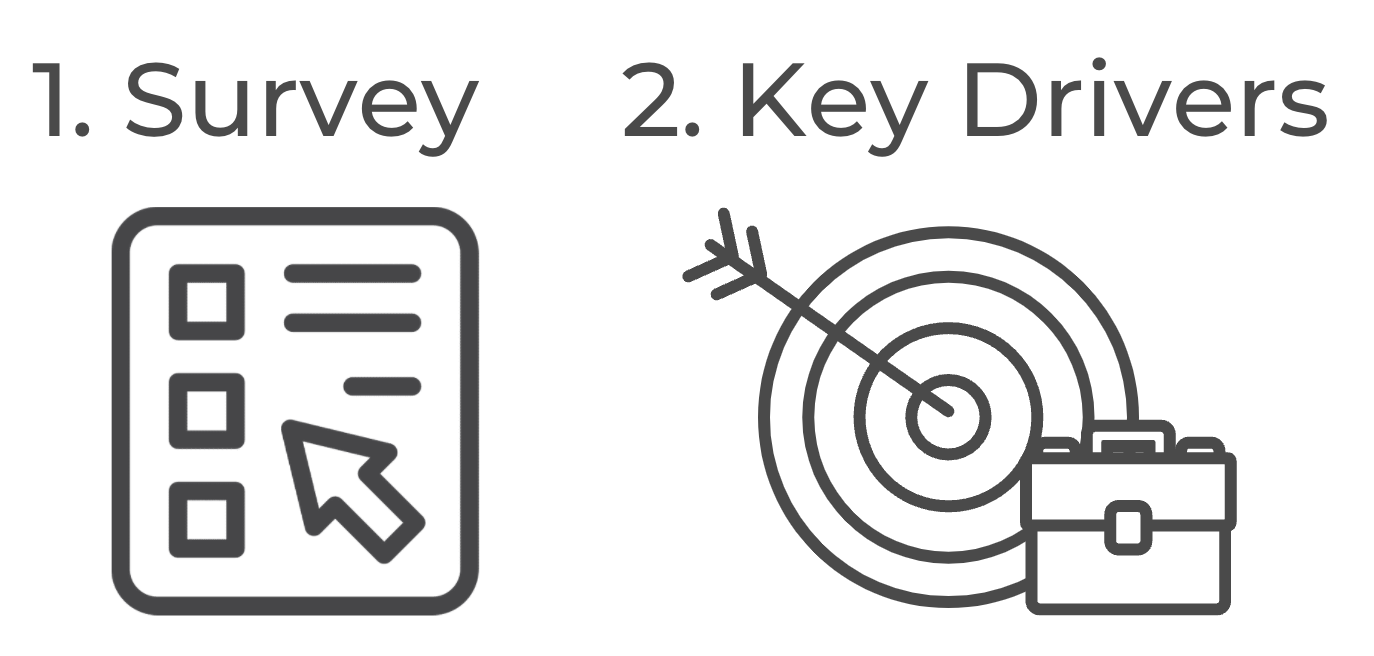The Practical Guide To Employee Engagement Drivers
Introduction
There’s an ongoing crisis in employee engagement and the numbers back it up.
According to Gallup, only 36% of U.S. employees are engaged at the workplace which is quite a bleak statement about the average workplace.
So how are businesses expected to thrive in the marketplace when they can’t thrive in the workplace?
For starters, the companies should start focusing on increasing employee engagement.
There’s a difference between employee engagement and happiness and satisfaction reports. An employee might be satisfied at their workplace, but still be disengaged from their work.
So what should companies focus on to increase employee engagement?
The focus should be on specific employee engagement drivers that will ensure your employees stay/become engaged in the workplace.
But to do that, we need to start with an understanding of the specific employee engagement drivers themselves.
How to Find Drivers of Employee Engagement
Any kind of change, whether in the workplace and even in personal life, requires a goal and a plan.
And it’s no different with employee engagement drivers.
First of all, your plan should have four simple points in it:
- Starting point A— the current situation regarding employee engagement
- Finishing point B— the desired situation regarding employee engagement
- The map/path from A to B— what needs to be done to get from the current state of employee engagement to the desired state of employee engagement
- The vehicle of change— how will you go over the path from A to B
When it comes to employee engagement, you will need to create a data-driven plan so you know exactly where you are, where you want to be, and how you’re getting there.
The problem is even in establishing point A — I know that there’s a problem with employee engagement...
But how shouId I accurately measure it?
That’s why we at TINYpulse created a brand new Employee Engagement survey.
This is a compact, accurate view of how engaged people are in your workplace.
The survey is comprised of two sections:
- Engagement Index. We use an outcomes score based on five questions. The questions are divided into three employee engagement categories: emotion, cognition, and behavior.
- Key Drivers. The drivers show us the elements on which the company needs to work on to increase its engagement. It’s crucial to understand the weak points of your employee engagement drivers and focus on improving them.
Key Drivers
There are seven crucial employee engagement drivers that will make a difference at your workplace. It’s important to analyze the current situation using the Employee engagement survey to determine which driver you should focus on.
Personal Resources
This driver is about your employees figuring out how to solve challenges. The two things you should work on when it comes to this driver are:
- Resilience— The ability of the employee to adapt to new situations.
- Self-efficacy— The ability of the employee to complete tasks.
Empowered Work Environment
This driver is about parts of the job that relate to the tasks that the employees need to accomplish. The two things you should work on when it comes to this driver are:
- Autonomy— The job is structured in a way that allows the employee to make decisions on their own
- Meaningfulness— The job tasks are meaningful to the person, team, the organization, and the stakeholders.
Communication
This driver is all about communication and information flow— how well informed are your employees about the change that’s happening in the organization.
- Information flow— The organization is built in a way that allows a free, fast, and accurate flow of information to all their employees
Effective Management
This driver is about managers— how are they developing their employees. The three things you should work on when it comes to this driver are:
- Clear Goals— The manager provides clear and actionable objectives to team members.
- Gives Feedback— The manager provides feedback often to the employees— both developmental and encouraging feedback.
- Recognition— The manager has a working system that helps employees get recognized for a job well done.
Benefits and Pay Satisfaction
This driver is about employees’ satisfaction with your benefits and pay. The two things you should work on when it comes to this driver are:
- Pay satisfaction— The employee is satisfied with the monetary compensation they receive for the work they do.
- Benefits satisfaction— The employee is satisfied with the benefits they receive from their employer.
Growth and Development
This driver is about employees feeling like they have an opportunity to grow personally and professionally within your organization. The two things you should work on when it comes to this driver are:
- Training— The employee is satisfied with the number of training opportunities at work.
- Development opportunities— The employee is satisfied with how their career is progressing in the company and they feel positive about furthering their potential inside the company.
Health and Wellness
This driver is about stress, health, and wellness at the workplace. The three things you should work on when it comes to this driver are:
- Safety— The employee is satisfied with the level of safety procedures at their work station.
- Organizational support— The company cares about the well-being of the employee.
- Workload— The employee’s workload is manageable for their skill set.
How to leverage employees surveys to prioritize specific drivers
The employee engagement drivers should tell you where the exact problem in the workplace is.
Once you understand that your employees are becoming disengaged because of, let’s say, their safety or workload concerns, you can start focusing on the Health and Wellness driver and improve the conditions.
The changes in those areas will help you improve employee engagement in your company overall.

But you can’t just blindly jump into fixing things— analytics play a crucial role and you first need to diagnose where the exact problem is to know what you need to do to fix it.
First, identify the key area to focus on. Then, you should create action items that will drive change, and in the end, create a plan that will monitor your progress.
That’s why you should use pulse surveys on top of the New Employee Engagement survey.
The Employee Engagement survey will tell you where the problem is and how to address it, while the Pulse survey will ensure that you stay on track with your plan so you accomplish your goals.
Conclusion
Employee engagement can quickly become employee disengagement so you should treat problems immediately before they become too big to handle.
With key employee engagement drivers, you can quickly pinpoint where the problem is and start working on it.
And our new engagement survey is a great tool that can help you with it.
Book a demo to learn more about our new engagement survey, how it can help you with key drivers, and how it can help you improve your employee engagement levels.
Share this
You May Also Like
These Related Stories

The Top Employee Engagement Trends HR Leaders Should Watch In 2022

How Top Employers Are Driving Employee Engagement




.png?width=534&height=632&name=blog%20ad%20(1).png)
